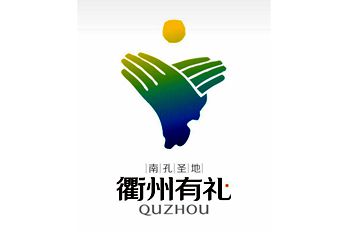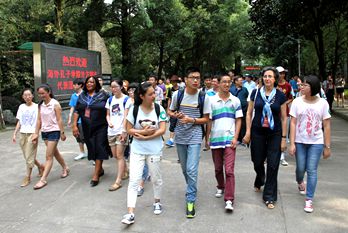China-CEEC ties resilient despite headwinds
Cooperation between China and Central and Eastern European countries has deepened over the past nine years, delivering benefits to all parties involved.
But now some political forces are trying to sow the seeds of discord between the two sides.
For example, on Saturday some people marched through Budapest to protest against the plan to open a Chinese university campus in the Hungarian capital. However, the Hungarian government has blocked a European Union statement criticizing Hong Kong's new security law three times in the past two months, thwarting the bloc's efforts to support the United States and the United Kingdom to interfere in China's domestic affairs.
On May 22, Lithuania withdrew from the"17+1" (China plus 17 CEE countries) cooperation mechanism, with the Lithuanian foreign minister describing the platform as "divisive" to the EU, and stressing that "Europe's strength and impact is in its unity".
But such incidents, despite casting a shadow on the mechanism, will not damage the overall resilient China-CEEC relations.
Lithuania's move will not affect the mechanism much because of the country's limited importance in overall "17+1" cooperation. According to China's Ministry of Commerce, of the more than $103 billion of trade between the China and the CEE countries last year, Sino-Lithuanian trade accounted for just about 2 percent.
Also, the fact that the foreign ministers of Poland, Hungary and Serbia visited China last month shows Lithuania's withdrawal from the cooperation mechanism will not reduce other CEE countries' motivation to deepen cooperation with China.
The China-CEEC cooperation mechanism, which was initiated by Poland, is based on win-win cooperation and shared development. The participating countries view it as a platform offering tangible benefits. Thanks to the mechanism, trade between the two sides has increased nearly 85 percent, two-way tours have risen by almost five times, and a number of cooperation projects have made impressive progress.
Though the CEE countries can continue benefiting from multilateral diplomacy and deepening cooperation, some recent incidents reflect the challenges faced by the mechanism.
First, the policies adopted by the European Union and the US toward China have been affecting China-CEEC cooperation. A document titled "EU-China: A Strategic Outlook" issued by the EU in 2019 claimed that China is not only an "economic competitor" but also "a systemic rival promoting alternative models of governance", indicating the EU could make further efforts to undermine China's cooperation with the CEE countries.
Besides, the CEE countries are under increasing pressure from the Joe Biden administration and US allies to choose sides between China and the US, and reduce, if not altogether end, their cooperation with China. It is because of such pressures that Lithuanian politicians have described China as a security threat or challenge. And the China-CEEC cooperation mechanism could face even bigger geopolitical challenges in the future.
Second, some Western leaders' have been politicizing the "17+1" cooperation mechanism despite China reiterating that it will be used to boost development, not to play geopolitical games. Despite that, Lithuania called for a boycott of the mechanism, suggesting the Western leaders' criticism of China could misguide people in those countries and damage the foundation of China-CEEC cooperation.
Third, the complications in the "17+1" cooperation mechanism can also be attributed to the changes taking place on both sides. Some CEE countries are no longer happy with the status quo, and seek more investment from China to counter growing populism, and curb the pandemic-induced rise in prices.
On the other hand, China now attaches more importance to the quality, instead of quantity, of foreign investment. As such, some multinational projects may be progressing at a slower pace with the two sides finding it difficult to meet each other's demands.
China and the CEE countries can strengthen their cooperation mechanism by aligning it with the Belt and Road Initiative. On its part, China should value the CEE countries unique development characteristics and adopt tailor-made strategies to deepen cooperation with them.
More important, since Central and Eastern Europe always attract attention from the EU and Russia, measures should be taken to bridge the ideological divide among Brussels, Moscow and Beijing.
As for the CEE countries, they need to make concerted efforts to address the common interests, uphold multilateralism and promote all-round cooperation to safeguard regional security, combat climate change and build a Eurasian community of common health.
In order to generate mutual benefits, the China-CEEC cooperation mechanism can be improved by increasing openness and inclusiveness. Only in this way the world including the CEE countries can better understand China's commitment to win-win cooperation and pave the way for building a community with a shared future for mankind.
The views don't necessarily represent those of China Daily.
The authors are research fellows at the Institute of Russian, Eastern European and Central Asian Studies, Chinese Academy of Social Sciences.

 City brand logo - fist-and-palm salute
City brand logo - fist-and-palm salute Confucianism on campus
Confucianism on campus The culture of the academy
The culture of the academy